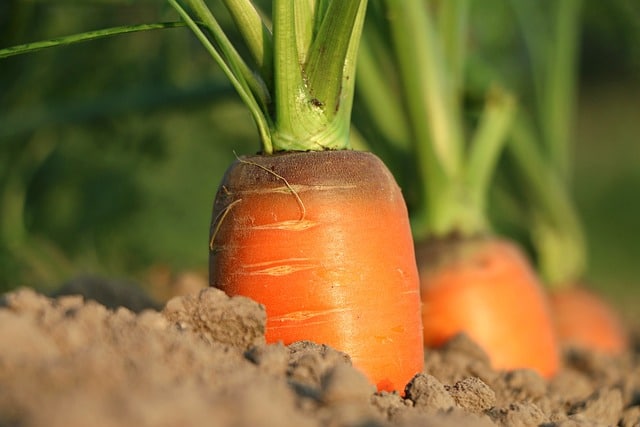
FAO is a UN agency.
FAO is the acronym corresponding to the English expression Food and Agriculture Organization , which can be translated as Organization for Food and Agriculture . It is an agency of the United Nations Organization ( UN ).
FAO coordinates and promotes global actions aimed at eradicating hunger . It functions as a neutral entity that promotes agreements and agreements between countries and works to promote the development of the poorest nations.
History of FAO
The origins of FAO date back to 1905 , when the Italian King Victor Emmanuel III launched the International Institute of Agriculture . Its objective was to collect statistics linked to the agricultural field.
In 1943 , meanwhile, the UN held a conference on agriculture and food, convened by US President Franklin Roosevelt , which brought together representatives from 44 countries. Two years later, there was a new meeting where the States agreed to work towards the creation of an organization that is permanently dedicated to these issues.
With the Second World War , the International Institute of Agriculture ceased to exist and its functions were later assumed by the FAO , founded under the UN . The FAO , since then, aims to generate information to optimize agricultural, fishing and forestry practices and, in this way, guarantee adequate nutrition for all people.

By working to optimize agricultural practices, FAO seeks to eradicate hunger.
Structure and managers
Currently, FAO has 195 members. Of them, 194 are national states and the remainder are the European Union ( EU ). Its mission is to promote daily access to quality food and achieve food security.
Today, the director general of the FAO is the Chinese Qu Dongyu . In office since August 2019 , this man who grew up in a family that worked in rice crops studied Horticulture at Hunan Agricultural University ; Plant Breeding and Plant Genetics at the Chinese Academy of Agricultural Sciences ; and Environmental Sciences at Wageningen University in the Netherlands .
Qu leads FAO 's senior management team. In the central structure of the agency , there are also several offices, such as the Office for Sustainable Development Goals , the Ethics Office , the Evaluation Office and the Ombudsman Office .
In FAO , on the other hand, there are Regional Offices ; Subregional Offices ; Liaison Offices ; Partnership and Liaison Offices ; and several Representations .
FAO tools
FAO has many resources to meet its objectives. Their contributions are multiple to governments to improve the quality of life of the population.
A data laboratory to innovate in the field of statistics; a database to assist in decision-making on food policies; interactive maps; informative notes; and policy proposals are part of their contributions.
Another important contribution of FAO is the development of a food price index. Through this registry, the organization shows how the prices of a basket of five groups of food products change monthly.
